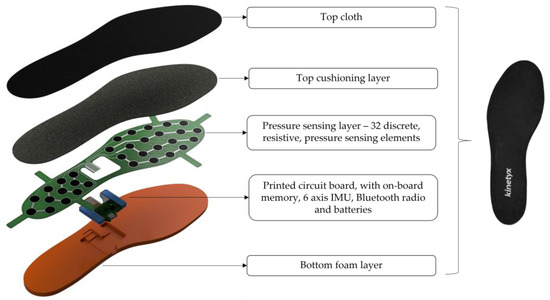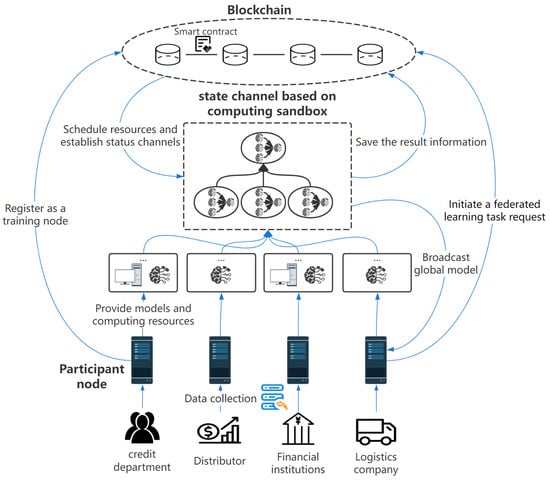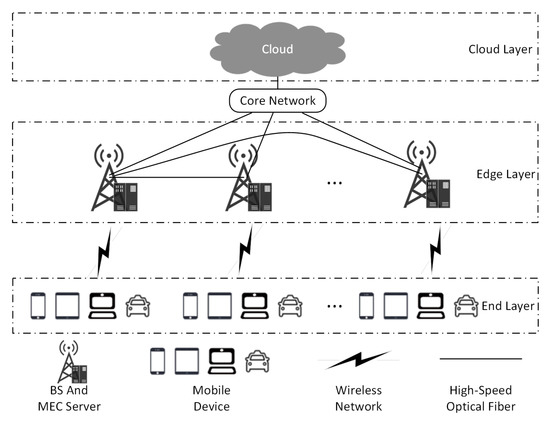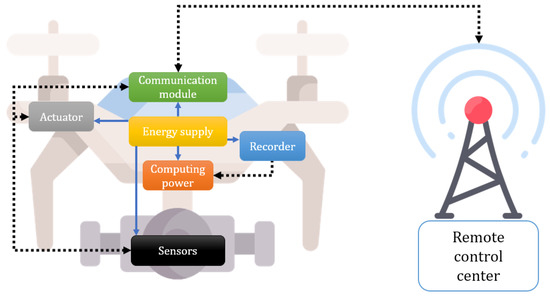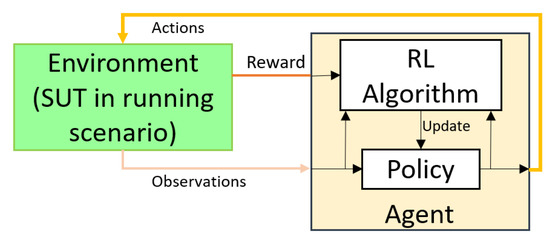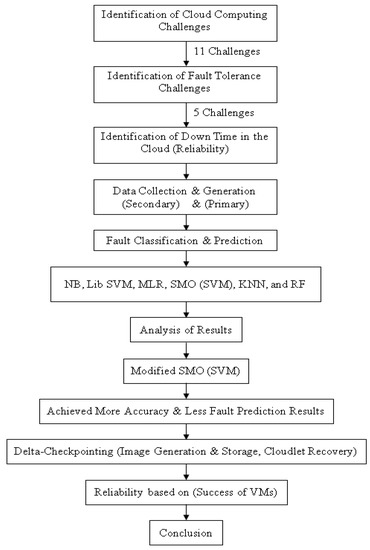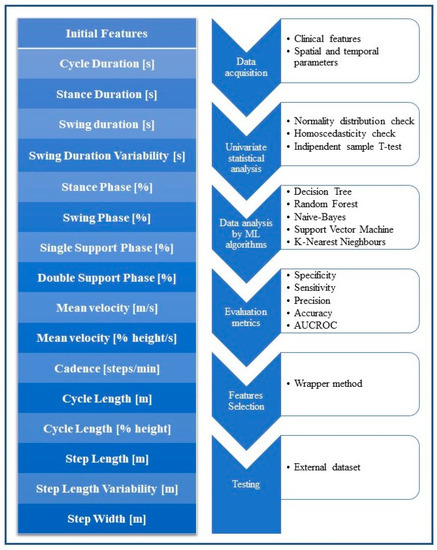Sensors 2023, 23(4), 2352; https://doi.org/10.3390/s23042352 - 20 Feb 2023
Cited by 4 | Viewed by 3497
Abstract
This study characterized the absolute pressure measurement error and reliability of a new fully integrated (Kinetyx, SI) plantar-pressure measurement system (PPMS) versus an industry-standard PPMS (F-Scan, Tekscan) during an established benchtop testing protocol as well as via a research-grade, instrumented treadmill (Bertec) during
[...] Read more.
This study characterized the absolute pressure measurement error and reliability of a new fully integrated (Kinetyx, SI) plantar-pressure measurement system (PPMS) versus an industry-standard PPMS (F-Scan, Tekscan) during an established benchtop testing protocol as well as via a research-grade, instrumented treadmill (Bertec) during a running protocol. Benchtop testing results showed that both SI and F-Scan had strong positive linearity (Pearson’s correlation coefficient, PCC = 0.86–0.97, PCC = 0.87–0.92; RMSE = 15.96 ± 9.49) and mean root mean squared error RMSE (9.17 ± 2.02) compared to the F-Scan on a progressive loading step test. The SI and F-Scan had comparable results for linearity and hysteresis on a sinusoidal loading test (PCC = 0.92–0.99; 5.04 ± 1.41; PCC = 0.94–0.99; 6.15 ± 1.39, respectively). SI had less mean RMSE (6.19 ± 1.38) than the F-Scan (8.66 ±2.31) on the sinusoidal test and less absolute error (4.08 ± 3.26) than the F-Scan (16.38 ± 12.43) on a static test. Both the SI and F-Scan had near-perfect between-day reliability interclass correlation coefficient, ICC = 0.97–1.00) to the F-Scan (ICC = 0.96–1.00). During running, the SI pressure output had a near-perfect linearity and low RMSE compared to the force measurement from the Bertec treadmill. However, the SI pressure output had a mean hysteresis of 7.67% with a 28.47% maximum hysteresis, which may have implications for the accurate quantification of kinetic gait measures during running.
Full article
(This article belongs to the Collection Sensors for Gait, Human Movement Analysis, and Health Monitoring)
►
Show Figures
